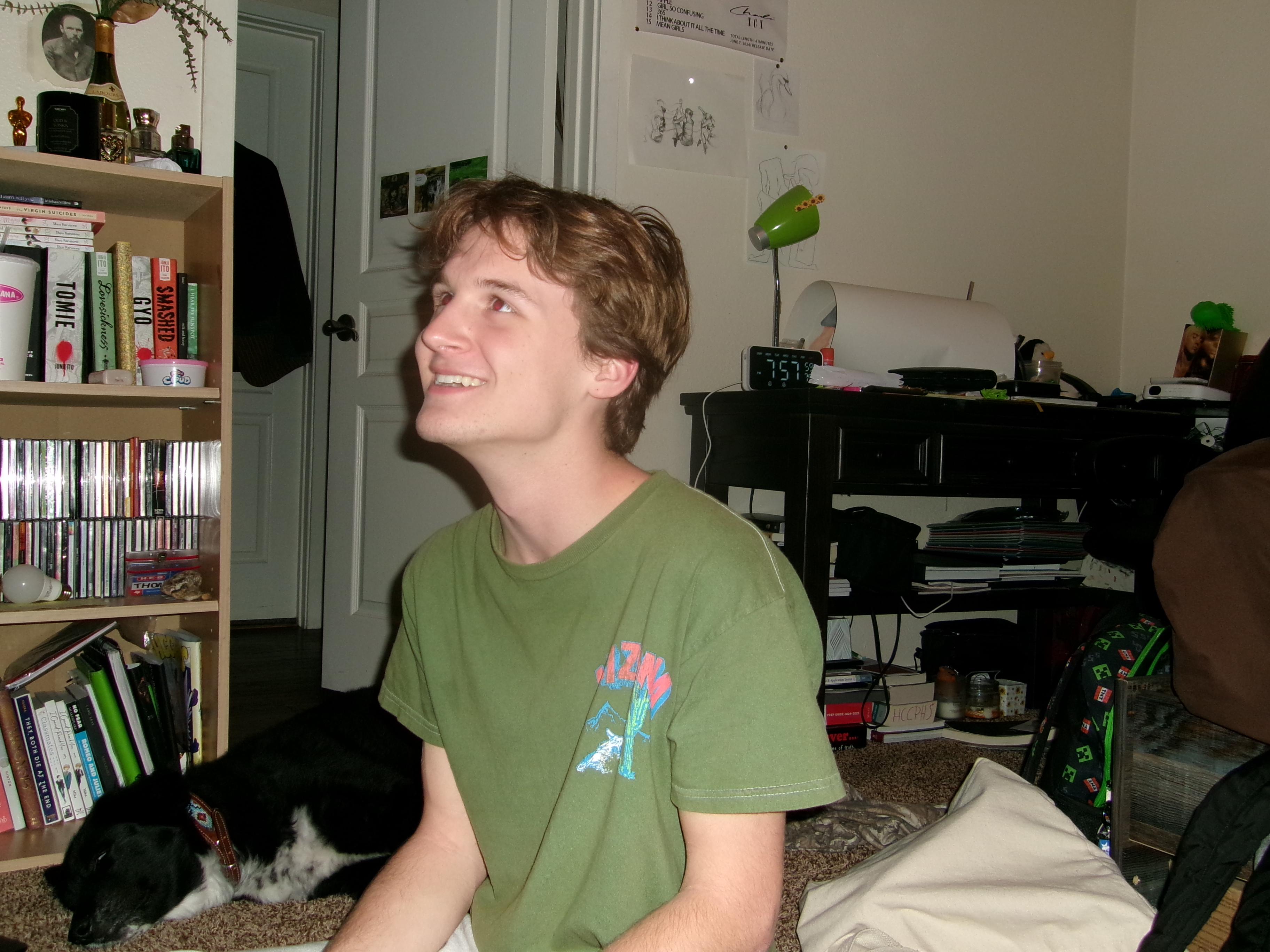All AP Art History Resources
Example Questions
Example Question #2 : Answering Other Questions About Twentieth And Twenty First Century Sculpture
How long had Christo and Jeanne-Claude been working to get The Gates approved to be installed, and how long was it installed for?

20 years, and 1 month
1 day, and 50 weeks
5 weeks, and 3 months
26 years, and 2 weeks
35 years, and 10 days
26 years, and 2 weeks
Christo and Jeanne-Claude had proposed the idea for The Gates and submitted proposals as early as 1976. The idea was eventually approved by New York Mayor Michael Bloomberg, who was a collector of their artwork, and the installation was put up in Central Park for 2 weeks.
Image accessed through Wikipedia Media Commons: https://en.wikipedia.org/wiki/The_Gates#/media/File:Gates_a.jpg
Example Question #3 : Answering Other Questions About Twentieth And Twenty First Century Sculpture
Which of the following is NOT true of The Gates?

There was no specific start or end point to the installation, meaning to be designed for the person in motion
The Gates was constructed from vinyl frames and rectilinear pieces of fabric
The gates were saffron colored to allude to a "golden ceiling creating warm shadows"
The installation art piece was meant to interact with nature rather than interfere with it
The installation was entirely funded by the City of New York
The installation was entirely funded by the City of New York
The Gates was entirely funded by Christo and Jeanne-Claude. While the City of New York supported it, the project was privately funded rather than publicly.
Image accessed through Wikipedia Media Commons: https://en.wikipedia.org/wiki/The_Gates#/media/File:Gates_a.jpg
Example Question #153 : Sculpture
What post-modern artist is famous for kitschy sculptures such as Michael Jackson and Bubbles?
Roy Lichtenstein
Marcel Duchamp
Jasper Johns
Jeff Koons
David Hockney
Jeff Koons
Jeff Koons is most closely associated with kitsch objects that collapse the distance between high art and "low" pop culture. Duchamp was an early influence on Koons' generation, while the rest are peers who work in other areas of pop art and post-modernism.
Example Question #154 : Sculpture
What sculptor's work, one of his "Bird in Space" series, was taxed by custom officials when the artist arrived in New York due to its unconventional appearance, provoking an uproar in the modern art community?
Kurt Schwitters
Auguste Rodin
Marcel Duchamp
Alberto Giacometti
Constantin Brancusi
Constantin Brancusi
Though all of the artists are known for unconventional 20th century sculptures that pushed the boundaries of what sculpture should look like, it was Brancusi's that so confounded customs officials. One of the officials reportedly said "If that's art...I'm a bricklayer."
Example Question #154 : Sculpture
In the African sculptural tradition, what is the purpose of scarification?
Mimics the African tribes' system of identification
Purely decorative in nature
As a religious symbol
A means to tell stories
Mimics the African tribes' system of identification
Scarification refers to the process of scarring the skin in patterns by cutting it with a knife. After the cut heals, a raised image is created, and these images are painted. In African sculpture, scarification appears on figures to imitate the system used to differentiate between different tribes.
Example Question #152 : Sculpture
Aesthetically speaking, what characteristics most consistently attribute themselves to the majority of the body of work comprising the ancient Egyptian figure?
Contrapossto figures sculpted in the naturalist style
Desert aesthetics and representations of the lower classes
Rigidity of pose and contradictory perspectives on the human figure
Monolithic monument construction depicting the pharaoh's divine figure
Rigidity of pose and contradictory perspectives on the human figure
Rigidity of pose and contradictory perspectives on the human figure are consistent features of most Egyptian, and ancient, figure representation throughout all Egyptian Kingdoms and Dynasties. Contrapossto figures, while present, are likely the result of the influence of foreign artisans and conquerors. Desert aesthetics were matched by depictions of the oasis created by the Holy Nile, and representations of the lower classes were secondary to that of ruling classes. Monolithic constructions, though often the most famous of Egyptian art, namely the pyramids, cannot be said to characterize the totality of Egyptian art, which represents centuries of diverse arrays of styles, mediums, and materials. This question helps students to differentiate between what is a common trope across a civilization's art history versus what pop culture associates with it, or with periods within it. Most importantly, the question focuses specifically on the Egyptian figure. Though the Great Pyramids and Egyptian art are synonymous, the student must focus on what specifically is being asked by the question.
Example Question #1 : Sculpture Beyond European Artistic Traditions
Which of the following is generally true about African sculpture?
Historically, the most prized skill has been the exact recreation of human features without flattery
Depictions of human beings and animals were banned for religious reasons
Statues were typically larger than life size to emphasize the subject's grandeur
Realist depictions are rare, with the head in particular being oversized
Realist depictions are rare, with the head in particular being oversized
Most African sculpture fits a tribal religious background, often depicting subjects that embody ancestors, spirits, or gods. Carved out of wood and stone, the statues were generally small enough to be relatively portable. These statues were usually human figures, but somewhat distorted in certain body parts, especially in the head and sexual characteristics.
Example Question #2 : Sculpture Beyond European Artistic Traditions
In Yoruba art, the most important body part portrayed in statuary is the __________.
heart
arm
head
hand
head
The Yoruba culture of Southern Africa is one of the key artistic hubs of the region, and produces remarkable works in sculpture, jewelry, and masks. One chief feature is the usual focus on the head, which the Yoruba traditionally believe is the home of the entirety of the person. This belief is best reflected in Yoruba busts, which do not even feature necks or shoulders, only the head itself.
Example Question #151 : 3 D Art
Traditional African masks typically portray all of the following EXCEPT __________.
ancestors
spirits of the earth
local animals
the actors under the masks
the actors under the masks
African masks are one of the chief examples of sub-Saharan artwork and are traditionally used in various African religious ceremonies. These ceremonies reflect traditional religious beliefs, which are usually based on spirit animism and ancestor worship; therefore, it is thought that the masks often allow the actors to take on something more powerful than themselves, including animals, ancestors, and various kinds of spirits.
Example Question #2 : African Sculpture
All of the following statements are true, in general, of the masquerade arts in Africa except _____________.
African masks rarely had any governmental purpose and served only as decorative objects, interesting as visual art pieces
most African masks serve, among many other purposes, to crystallize varieties of human behavior-- caricatured, ordinary, amusing, bizarre, serious, etc
for many groups in West and Central Africa, masking plays an active role in the socialization process, especially for men, who control most masking on the continent
a mask, combined with held objects, music, and dance gestures, invokes a specific named spirit character who is enacted a part of strongly ritualized dramas
especially before the advent of colonial rule, African masking societies boasted extensive regulatory and judicial powers
African masks rarely had any governmental purpose and served only as decorative objects, interesting as visual art pieces
African masquerade arts have been crucially important, particularly before the advent of colonialism. They function to serve many of the societies' governmental methods, and they serve to express cultural, dramatic, and artistic purposes.
All AP Art History Resources




